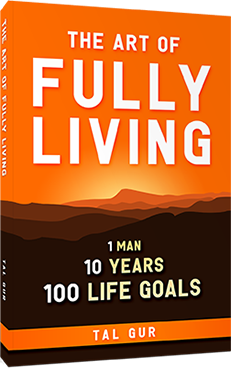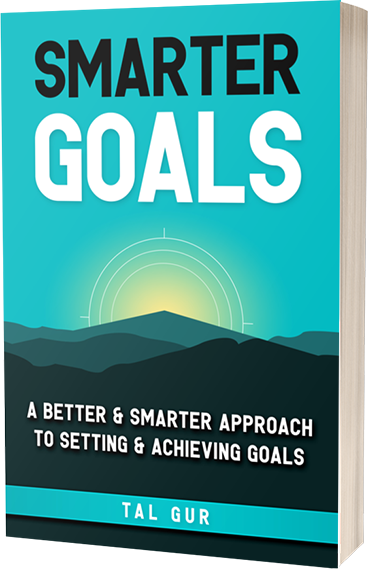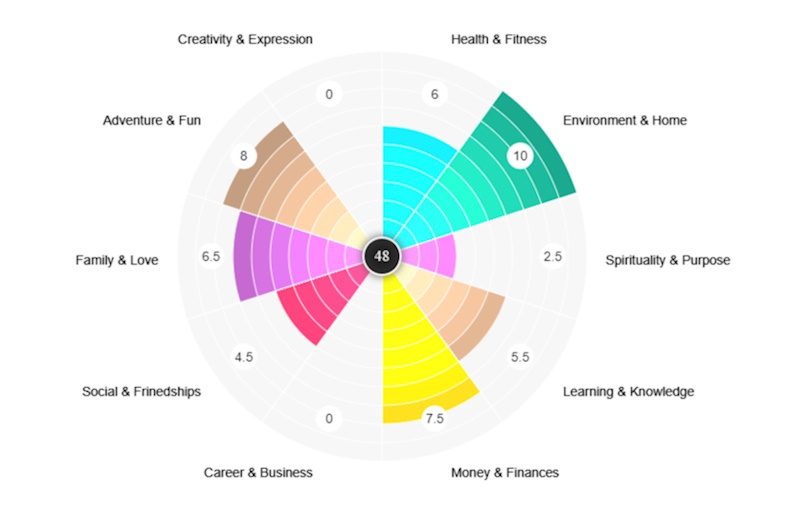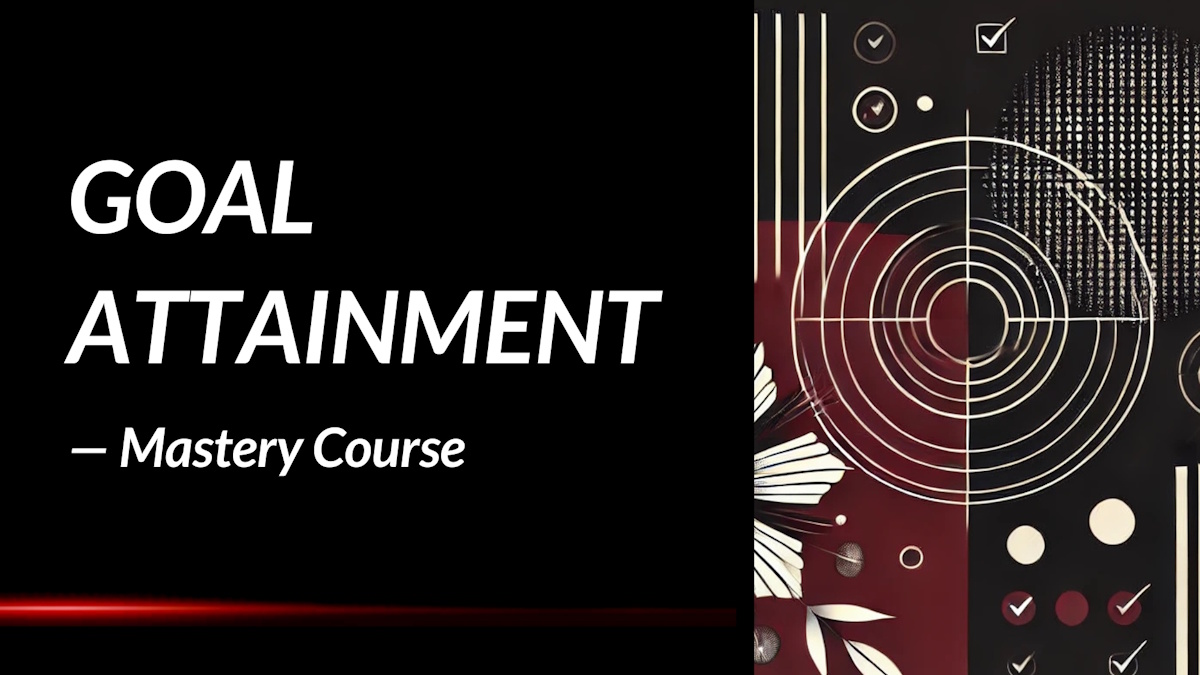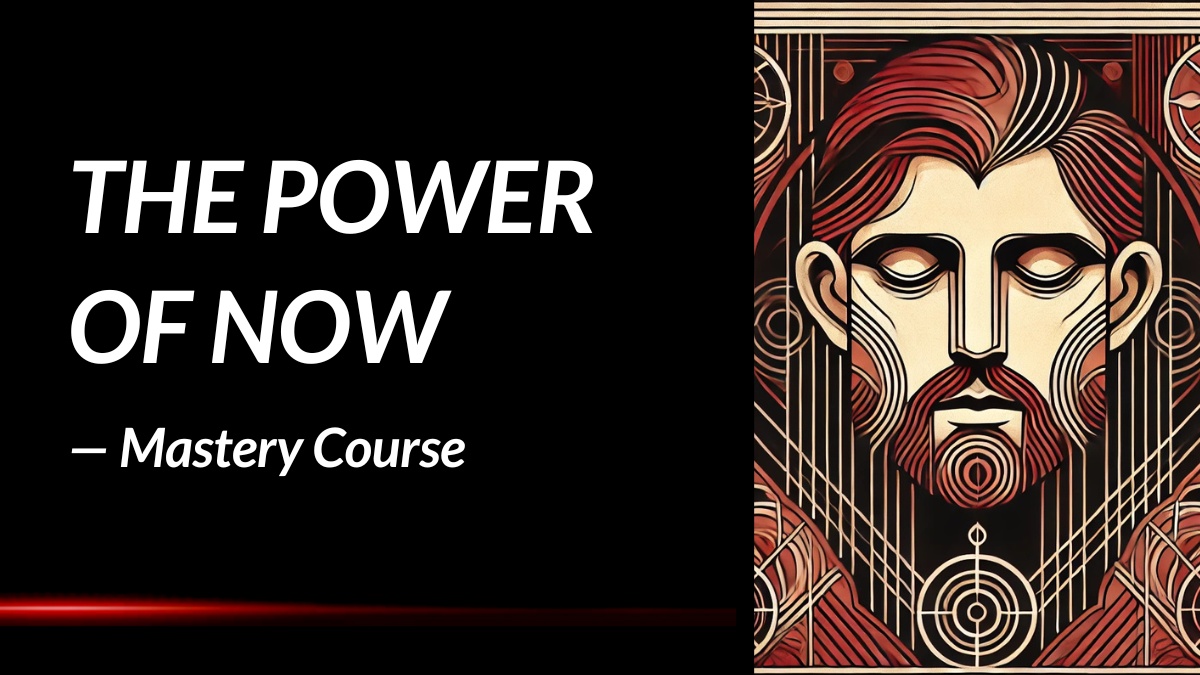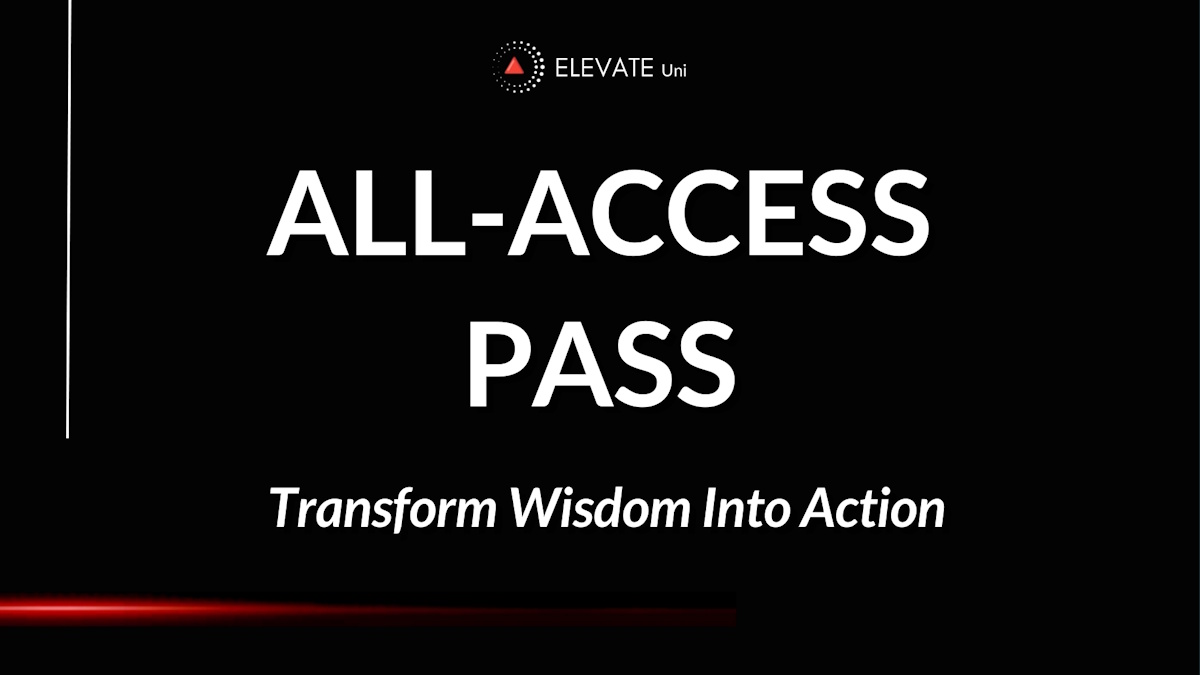Read People Like a Book: Summary Review
What if you could understand people so deeply that their actions, emotions, and hidden motives no longer surprised you? In Read People Like a Book by Patrick King, readers are offered a powerful roadmap to decoding human behavior and developing sharper insights into those around them.
What is the Book About?
Read People Like a Book is a fascinating dive into the psychology of human behavior, designed to help readers accurately interpret others’ emotions, thoughts, and motivations. Patrick King presents a toolkit of psychological principles, behavioral analysis techniques, and nonverbal cues to help you "read" people far beyond what they verbally express. The book moves away from surface-level tricks or gimmicks and instead roots its teachings in genuine understanding and critical thinking. It is less about manipulating others and more about perceiving reality as it truly is—a refreshing take in a world filled with superficial advice.
Through practical examples and straightforward explanations, King empowers readers to become keen observers who can spot inconsistencies, hidden emotions, and subtle patterns that most people miss. Whether you're looking to deepen your personal relationships, enhance your professional communication, or simply sharpen your intuition, the book offers a rich blend of theory and actionable steps that help you navigate human interactions with greater confidence and accuracy.
Book Details
Print length: 278 pages
Language: English
Publication date: December 7, 2020
Genre: Self-Help / Psychology
Book Author
Core Theme
At the heart of Read People Like a Book is the idea that human behavior is not random; it is a direct manifestation of emotions, thoughts, and intentions—whether or not those expressions are consciously revealed. Patrick King emphasizes that by learning to decode body language, micro-expressions, and subtle behavioral shifts, we can uncover the unspoken narratives people carry. The book challenges readers to move beyond making assumptions based on words alone and instead encourages an investigative mindset, rooted in observation and logic rather than gut reactions.
Another major theme King champions is the power of self-awareness in understanding others. To truly read people, we must first neutralize our own biases, desires, and projections that cloud perception. King teaches that genuine emotional intelligence is not about control or manipulation; it’s about clarity—seeing people as they truly are rather than how we want them to be. By weaving together psychology, practical exercises, and vivid real-world examples, he shows readers how to fine-tune their intuition into a reliable tool.
Main Lessons
A few impactful summary lessons from Read People Like a Book:
1. Study Behavioral Patterns to Reveal Hidden Motivations
Understanding people requires looking beyond their surface actions and diving deep into the underlying motivations driving those behaviors. People are often influenced by psychological desires, social pressures, and biological instincts, and examining these forces—like the pleasure-pain principle, Maslow’s hierarchy of needs, and defense mechanisms—allows you to predict their actions more accurately. It’s important to consistently observe behavior over time, noting discrepancies between words and actions, and considering how past experiences shape present decisions, revealing the real needs a person is trying to fulfill.
2. Decode Emotions Through Body Language and Microexpressions
While words can deceive, the body often tells a more honest story through subtle cues like posture, gestures, and fleeting microexpressions that expose true emotions. Recognizing signs like a genuine smile that reaches the eyes, defensive crossed arms, or widened eyes signaling fear can provide rich insights into a person’s emotional state. However, to avoid misinterpretations, it's crucial to analyze clusters of behaviors within their context rather than relying on isolated gestures, making body language reading a layered, intuitive skill.
3. Understand People Better by Recognizing Their Personality Types
Recognizing the consistent behavioral patterns that define personality can significantly enhance how we connect and communicate with others. Frameworks like the Big Five, Myers-Briggs, and the Enneagram offer valuable maps of human tendencies, preferences, and fears. Although no model can completely encapsulate an individual, they serve as starting points to predict reactions, improve empathy, and tailor communication, allowing relationships to be built on deeper understanding rather than surface impressions.
4. Detect Deception by Analyzing Cognitive Load and Conversation Flow
Spotting lies isn't about catching a twitch or a nervous glance; it's about examining the full conversation and recognizing the cognitive strain deception imposes. People lying often exhibit increased pauses, inconsistencies in their stories, and struggle with simple questions as their mental load increases. By asking open-ended, unexpected questions and observing shifts in confidence, speech rhythm, and nonverbal cues, you can uncover the subtle cracks that often betray falsehoods hidden behind polished words.
5. Harness Thin-Slicing to Make Quick and Reliable Judgments
Thin-slicing—the art of making accurate assessments with minimal information—shows that first impressions, when grounded in relevant observations, can often be surprisingly insightful. Trusting your instincts, noticing key behavioral patterns immediately, and being aware of biases enables you to make fast yet effective judgments. Rather than relying solely on prolonged analysis, blending intuition with conscious verification sharpens your ability to read people swiftly and accurately.
6. Analyze Language Patterns to Reveal Deeper Personality Insights
Every word people choose offers a glimpse into their values, beliefs, and psychological makeup. By paying attention to how someone uses pronouns, the emotional tone of their speech, their reliance on jargon, and the metaphors they gravitate toward, you can uncover hidden aspects of their identity. Observing how language shifts in different settings and noting repetitive themes provides an additional lens for understanding motivations, biases, and thought processes that may not be immediately visible.
7. Explore Personal Spaces and Possessions to Understand Identity
People’s environments are powerful extensions of who they are, often revealing what words might conceal. Examining home decor, workspace organization, and even fashion choices provides clues about someone’s values, priorities, aspirations, and self-image. The way someone curates their surroundings—whether meticulously organized or playfully eclectic—can offer profound insights into their mindset, cultural influences, and how they perceive themselves in the world.
8. Study Social Media Behavior to Uncover Authentic Traits
In the digital age, online behavior is a goldmine for understanding true personalities, often displaying more authenticity than face-to-face interactions. Analyzing post content, engagement patterns, word choices, and the types of images shared can illuminate traits like extraversion, openness, values, and emotional states. Though digital personas can be curated, consistent patterns across platforms often reveal genuine priorities, communication styles, and social connections that deepen our understanding beyond physical interactions.
9. Use Strategic Questioning to Uncover Values and Priorities
Asking indirect, thoughtful questions can peel back the layers of a person's worldview without triggering defensiveness. Probing into aspirations, resource allocation habits, favorite achievements, or even hypothetical choices reveals emotional priorities and underlying motivations. Rather than accepting surface answers, attentive analysis of how people frame their responses offers rich insights into what truly drives their behavior, building a clearer picture of their internal value system.
10. Integrate Multiple Techniques for a Holistic Understanding of People
Mastering the art of reading people requires weaving together various observation strategies rather than relying on a single method. By combining behavior analysis, body language interpretation, personality frameworks, linguistic scrutiny, environmental insights, social media patterns, and strategic questioning, you create a multi-dimensional portrait of an individual. Staying flexible, considering cultural and situational nuances, and continually refining your observations prevents snap judgments and cultivates a deeper, more empathetic understanding of others.
Key Takeaways
Key summary takeaways from the book:
- Observing inconsistencies between words and actions is crucial to understanding a person's true intentions.
- Micro-expressions and subtle body language often reveal emotions that words try to conceal.
- Critical thinking, rather than assumption, is essential for accurate analysis of others.
- Building empathy and emotional intelligence improves both reading others and deepening relationships.
- Being able to "read" people better can enhance negotiation, leadership, and daily interpersonal success.
Book Strengths
One of the book’s biggest strengths is how approachable and practical it feels; Patrick King avoids heavy academic jargon and instead delivers concepts in a way that's easy to grasp, even for those without a psychology background. His blend of clear examples, real-world applications, and digestible explanations makes the book not just informative, but also genuinely usable in everyday life.
Who This Book Is For
This book is perfect for readers who are fascinated by human behavior, aspire to improve their social intelligence, or seek to sharpen their intuition in personal and professional settings. It is especially valuable for those who want a practical, actionable guide to decoding emotions and intentions without getting bogged down by overly technical theories.
Why Should You Read This Book?
If you’ve ever felt frustrated by mixed signals, hidden agendas, or communication gaps, Read People Like a Book offers a refreshing and empowering solution. It arms you with the tools to see beneath the surface, allowing you to make better decisions, build stronger connections, and navigate social landscapes with greater ease and confidence.
Concluding Thoughts.
Read People Like a Book is more than just a manual for spotting lies or detecting emotions—it’s an insightful guide for anyone who wants to live more thoughtfully and interact more meaningfully with others. Patrick King brings a balanced perspective to human behavior, one that respects the complexity of emotions while equipping readers with the clarity to better understand them.
By the time you close the final chapter, you won’t just feel more observant—you’ll feel more connected, compassionate, and capable. This book offers readers an invaluable opportunity to enhance their perception and emotional intelligence, ultimately leading to richer, more authentic relationships.
→ Get the book on Amazon or discover more via the author's website or social channels.
* The publisher and editor of this summary review made every effort to maintain information accuracy, including any published quotes, lessons, takeaways, or summary notes.
Chief Editor
 Tal Gur is an author, founder, and impact-driven entrepreneur at heart. After trading his daily grind for a life of his own daring design, he spent a decade pursuing 100 major life goals around the globe. His journey and most recent book, The Art of Fully Living, has led him to found Elevate Society.
Tal Gur is an author, founder, and impact-driven entrepreneur at heart. After trading his daily grind for a life of his own daring design, he spent a decade pursuing 100 major life goals around the globe. His journey and most recent book, The Art of Fully Living, has led him to found Elevate Society.








